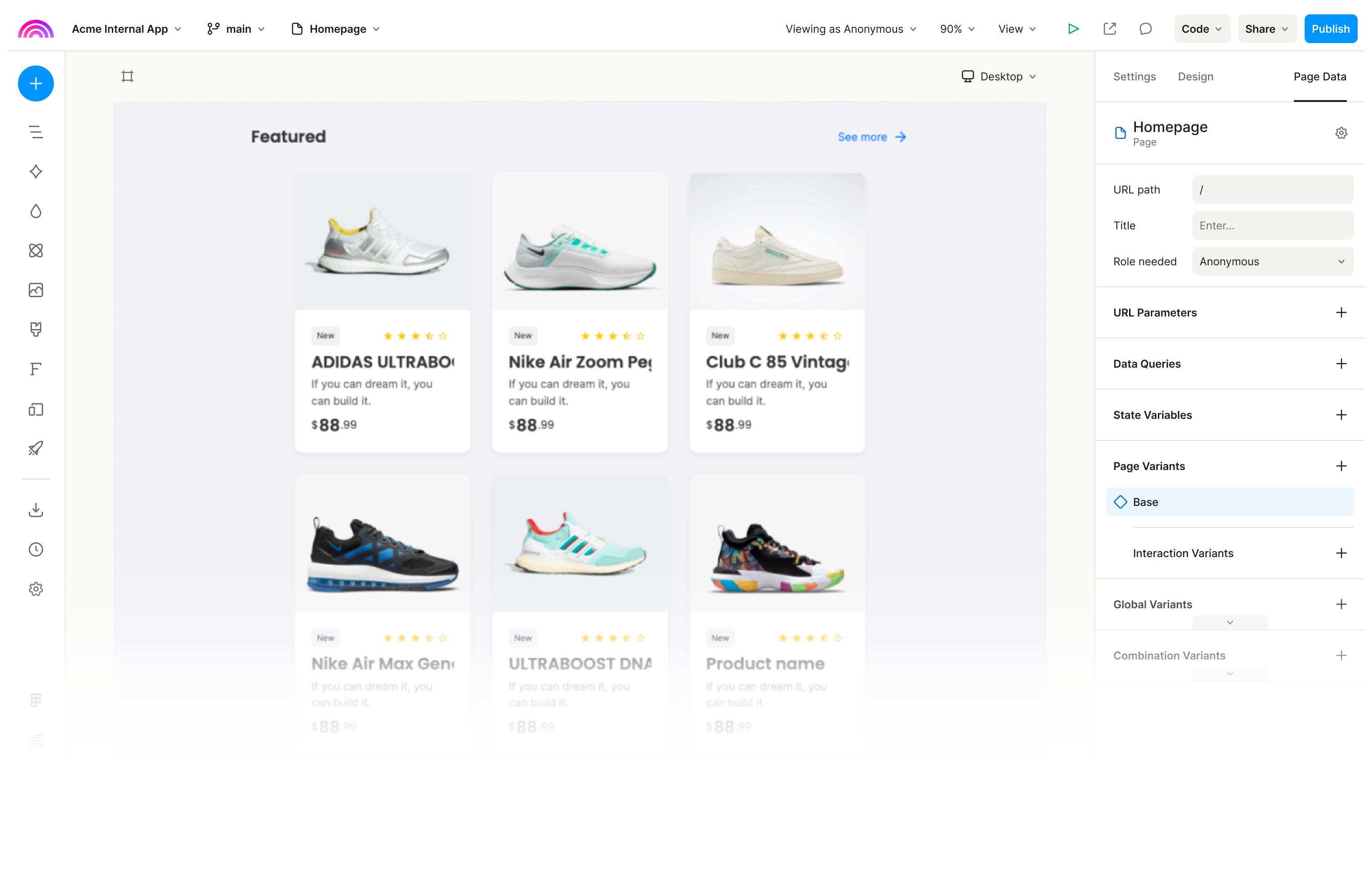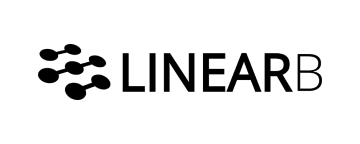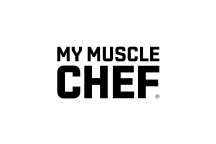Plasmic vs Builder.io
While Builder is a headless CMS first and foremost, Plasmic is a no-code/low-code platform that allows you to build websites, storefronts, and full-stack applications.

Loved by teams around the world






overview
Plasmic vs Builder.io
Both are visual builders for high-performance headless content on websites. Both are used for headless content management and have growth/optimization features, and let you drag and drop components from your codebase. But here are some of the key differences and tradeoffs:
Breadth vs depth
Builder currently has broader support for more development frameworks than Plasmic. Plasmic instead optimizes for deeper/richer capabilities within its core set of frameworks—enabling deeper code component support (see how children props are handled, for instance), deeper customizability (for instance, richer context-aware sidebar controls), component-mapping Figma import, no-code interactions, and much more. This is one of the main reasons why there exist many more green checkmarks in the Plasmic column in the feature matrices below.
Visual content vs CMS content
Builder is a headless CMS first and foremost. Plasmic is a more general-purpose no-/low-code platform—but one where a main use case is managing rich, visual content. Plasmic also has a structured CMS built in (with things like localization, versioning, and so on), but it is unopinionated about where your data comes from, and partners with a number of other best-of-breed headless CMSes.
Enterprise
Plasmic has its roots supporting large enterprises, so Plasmic has a deeper bench on this front. For instance: branching/approval collaboration workflow, integration with existing localization workflows, organizations with multiple sub-teams and workspaces, cross-project versioned import dependencies, deeper platform customizability, hybrid/on-premise architecture, and more.
the wall of love
Our customers
us
It’s already been a huge increase in efficiency for me, personally. I’m really looking forward to a huge drop in scope for our tests that require new components (most of them).

James Armenta
Software Engineer
Intuit
Really excited about this UI to React components platform. Definitely see a bright future!

Herminio Garcia
Software Engineer
Sidecar Health
fellow UI engineers and designers, you should pay attention to what the folks over at @plasmicapp are doing. I've been using the beta and it is pretty excellent—this is certainly the future of component development.

@voidwarren
“I had the opportunity to test out an early version of Plasmic and it’s awesome! Excited for the future of this design tool”

Cole Bemis
Design Systems Engineer @GitHub
I was pleasantly surprised and at times, blown away, with the Plasmic approach to solving the problem. The whole concept of variants, interactive variants, and slots feels natural and intuitive.
Justin Wilkerson
Software Developer
APS Physics
We're totally blown away many times a day because of plasmic. You're doing god's work.

Nitin Aggarwal
Founder
Supersorted.app
By far one of the most empowering tools to come out in a while. If you’re a designer/no coder/visual developer who wants to make world class applications, or a design or development studio looking for a way to serve your clients better and faster—check out Plasmic.

Collin Thompson
CEO
Intrepid Ventures
Plasmic is the most important app to be released in the last five years.

Tony Key
Senior UX Designer
Coupa Software
After using this for about an hour, I'm convinced it's the future.

Max Gustofson
Design Director
Outdoorsy
Watching @yaaang demo quickly creating #react components with ease using his app @plasmicapp for the second time tonight at a @_collab_lab exclusive presentation. AND I’m just as blown away as I was last time! Check out this app, y’all!

Stacy Taylor
Front-End Engineer
Zapier
I'm super surprised more folks aren't talking about Plasmic — I just got a demo and it's awesome. It's like Figma and Webflow had a baby that outputs React code.

Matt Varughese
Partner
8020